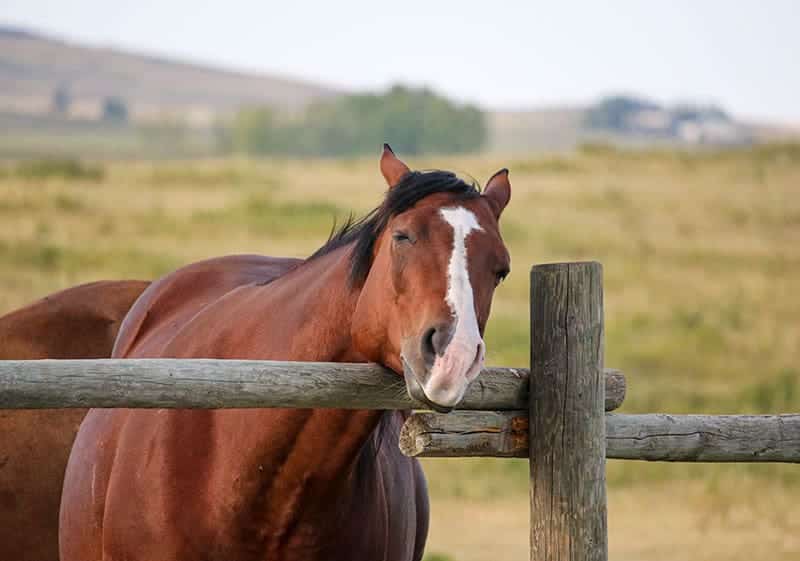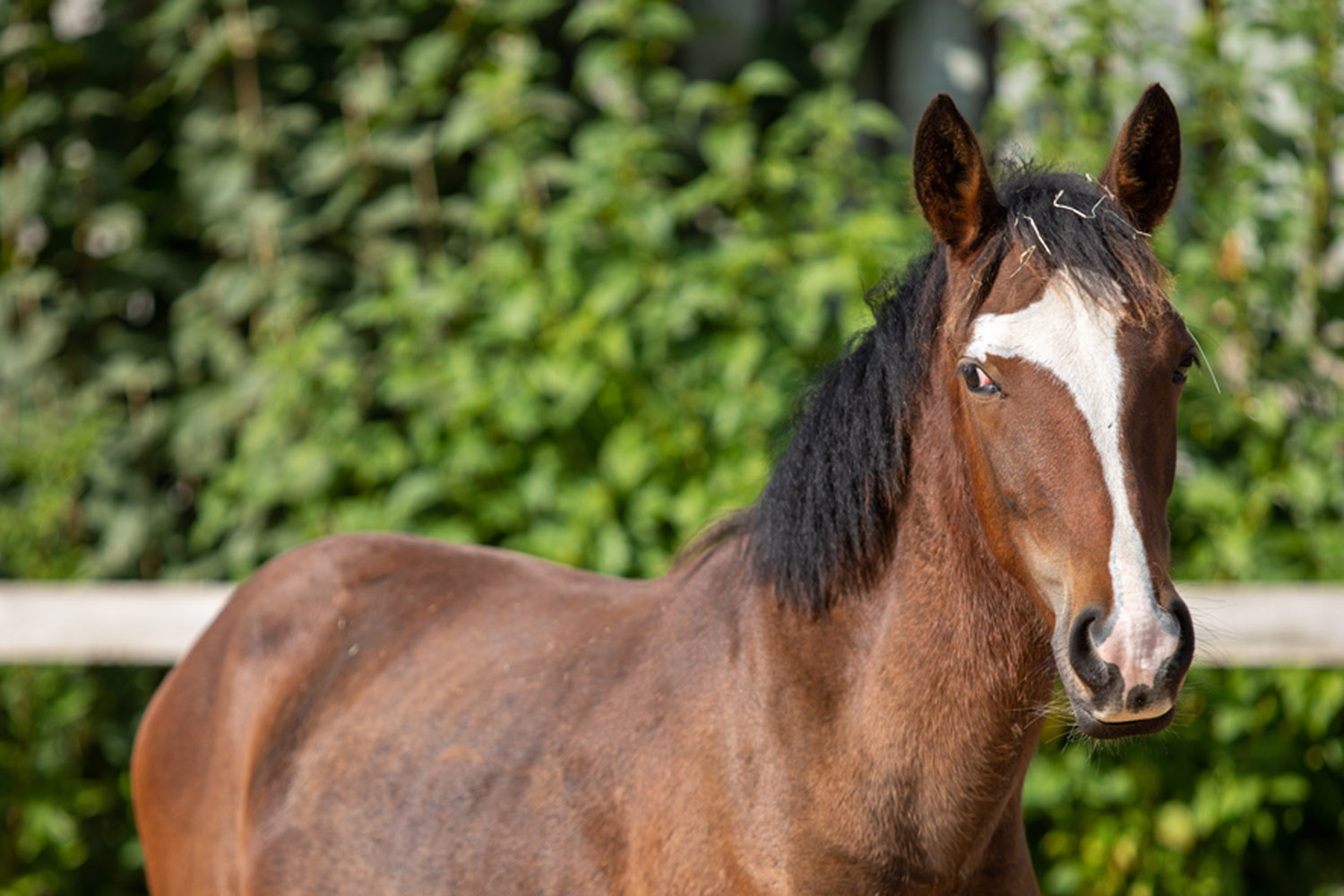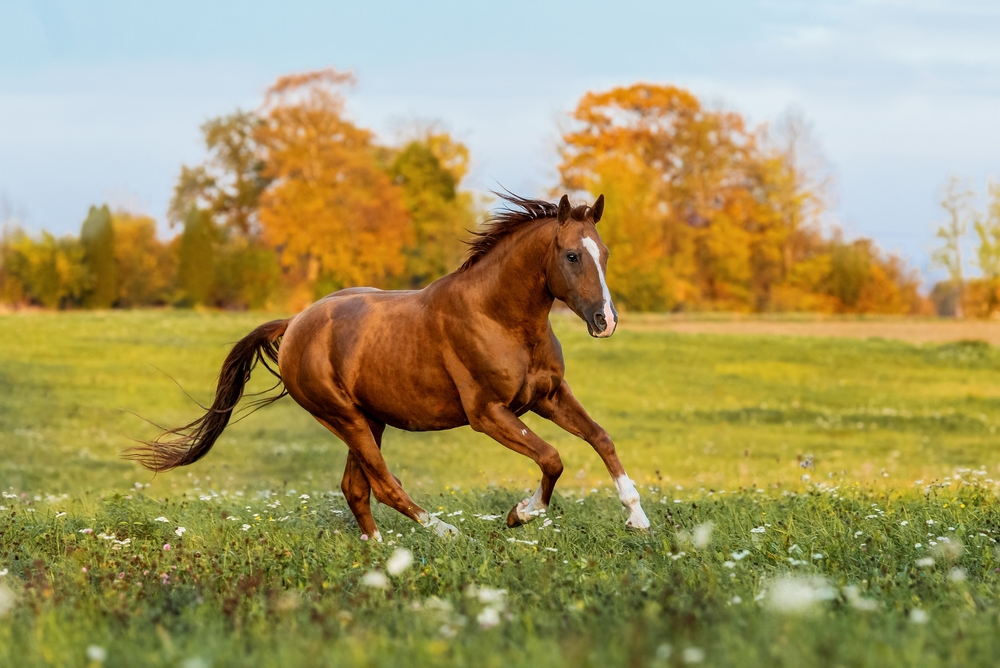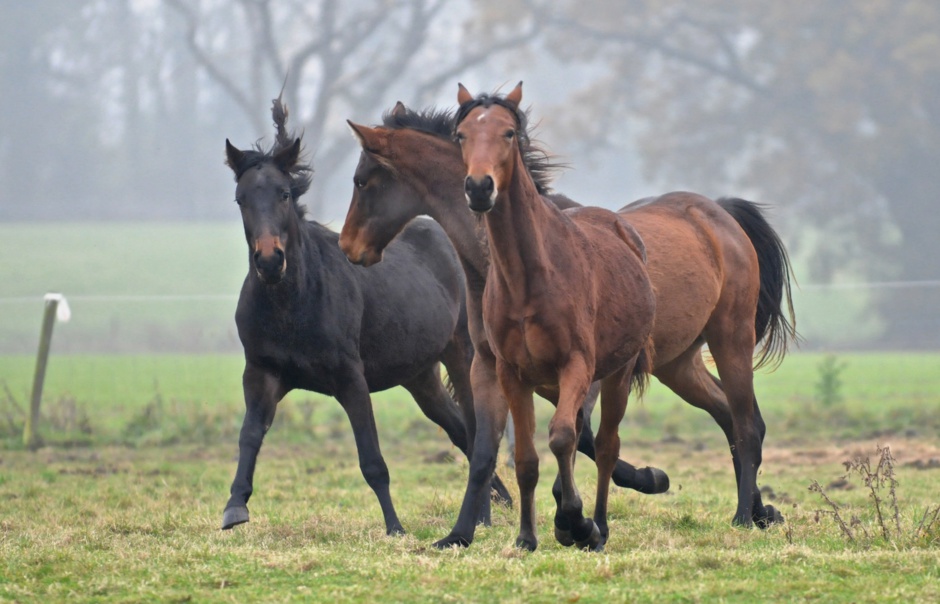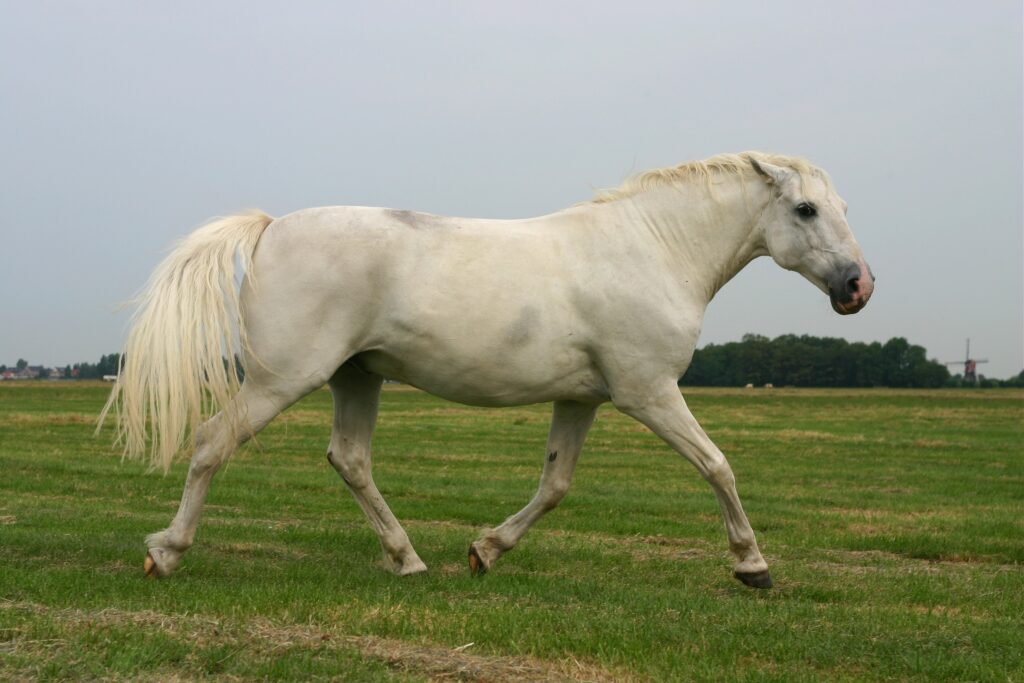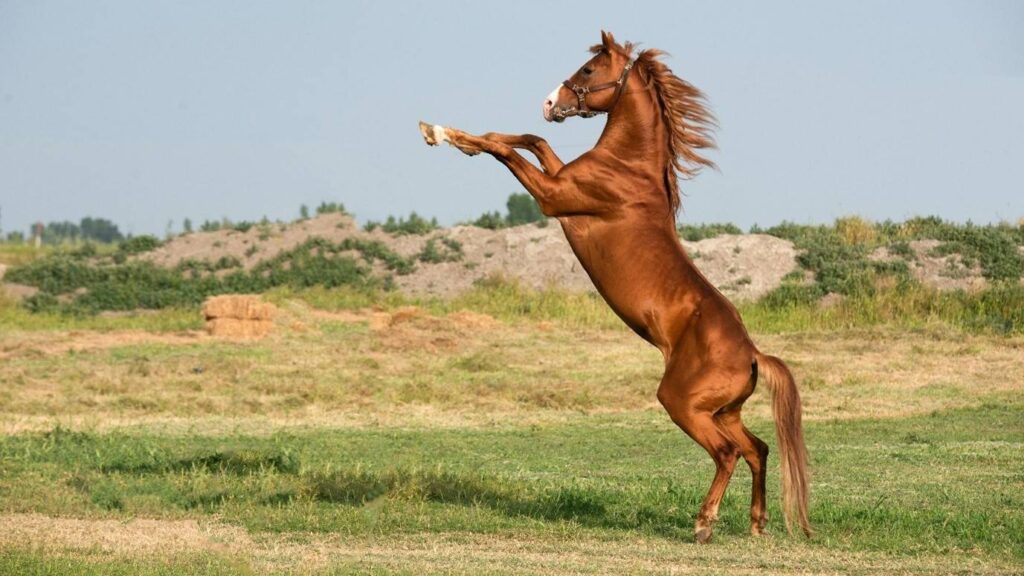Stall walking is a behavior observed in horses that can be a cause of concern for many horse owners. This article will delve into the intricacies of this behavior, its implications, and potential solutions.
If you’re new to the world of equine care, you might be wondering what exactly stall walking entails. It’s a term used to describe the constant pacing or circling of a horse in its stall. This behavior is often linked to stress, boredom, or discomfort.
Understanding the Behavior
Stall walking can be a sign of physical discomfort or psychological distress. It’s often seen in horses that are confined for long periods without sufficient physical activity or social interaction. This behavior can lead to various health issues, including weight loss and hoof damage.
For more detailed insights on equine behavior, you can refer to this comprehensive guide on Equine Behavior.
Addressing Stall Walking
Addressing stall walking involves a combination of environmental changes, behavioral modifications, and sometimes medical intervention. Providing ample turnout time, regular exercise, and social interaction can help alleviate the problem.
Preventive Measures and Solutions
Preventive measures include providing the horse with ample space to move around and ensuring a healthy diet. Regular veterinary check-ups are also crucial to detect any underlying health issues that might be causing the behavior. In some cases, the use of calming supplements or toys can also be beneficial.
To help your horse maintain a healthy coat and hooves despite the stress of stall walking, consider using products that restore natural shine. Additionally, opting for all-natural equine care products can contribute to overall horse health and well-being.


